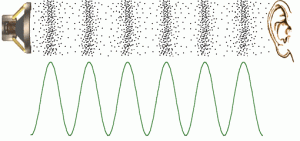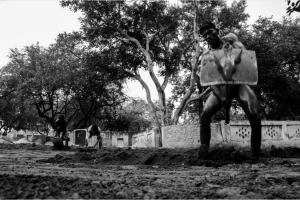I always wondered how do the great directors like Peter Jackson, Spielberg and Spike Lee get to narrate the story in a such a beautiful way and hooks the audience till the end. The answer to my question was ‘mind mapping’. In today’s class, We all were introduced to the concept of mind mapping and we had to structure a story by using graph and the importance of character in numbers.
I found out that before bursting into the script, one must narrow down the key plot acts in the story as it helps set the mood and tone of the story. One common element that i discovered was that in all of the major blockbuster movies, the highest peak point of a story is usually towards end and the lowest peak is in the middle as what the lecturer said that the character is developing in these stages and thus the reason we as audience are intrigued into the motion of the story (keen to find out what will happen next).
This is how what normally a graph would look like for a good story, unless the character is interesting enough to hold the audience.






